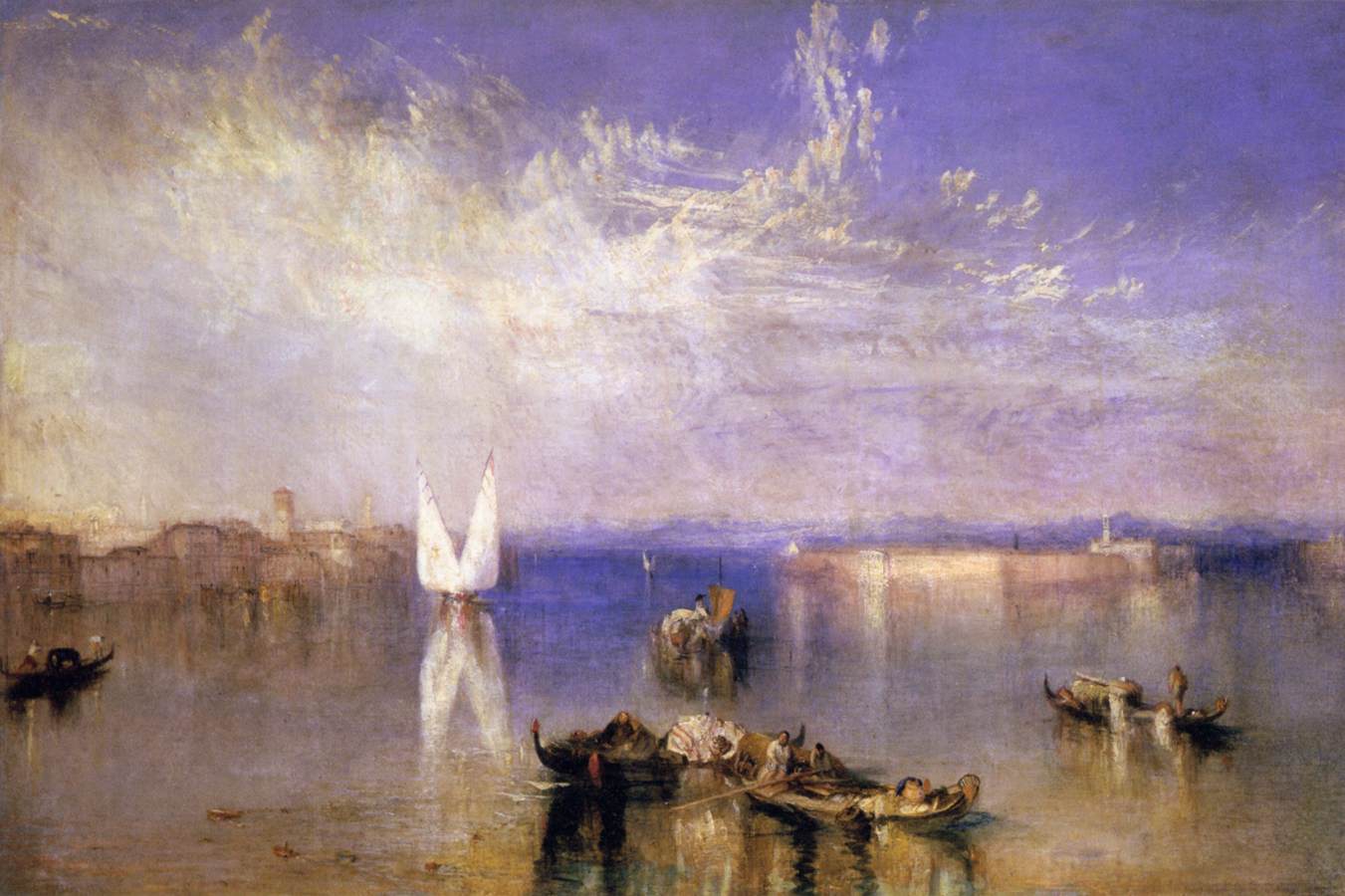Description
Joseph Mallord William Turner's "Camposanto" painting is a masterpiece that captivates with its unique artistic style and masterful composition. With an original size of 61 x 91 cm, this painting is a true treasure that reveals little-known aspects of the artist's history and his vision of the world.
Turner's artistic style is characterized by his romantic approach and his ability to capture light and movement impressively. In "Camposanto", we can appreciate his mastery of the use of color and the technique of loose brushwork, which gives the work a sense of energy and vitality. Turner manages to convey a mysterious and melancholic atmosphere through the combination of dark and light tones, creating dramatic contrasts that capture the viewer's attention.
The composition of "Camposanto" is another outstanding aspect of this painting. Turner uses the framed landscape technique, placing architectural elements in the foreground to frame the view of the landscape behind. This creates a sense of depth and perspective, inviting the viewer into the scene and exploring every detail.
The story behind this painting is also fascinating. "Camposanto" was painted in 1820, during a trip that Turner made to Italy. The work represents the famous Pisa cemetery, known as Camposanto Monumentale, which houses Renaissance frescoes and is considered one of the most beautiful and emblematic places in the city. Turner manages to capture the essence of this sacred place, conveying a sense of serenity and contemplation.
A little-known aspect of this painting is that Turner had to fight censorship at the time in order to exhibit it. His innovative style and unconventional approach were criticized and rejected by some conservative sectors. However, Turner persevered and continued to paint in accordance with his unique artistic vision, leaving a lasting legacy in art history.
In summary, "Camposanto" by Joseph Mallord William Turner is a fascinating painting that stands out for its artistic style, its masterful composition and its use of color. Through this work, Turner transports us to a sacred place and invites us to reflect on life, death and ephemeral beauty. It is a sample of the creative genius of this great artist and a jewel that deserves to be appreciated and admired.

